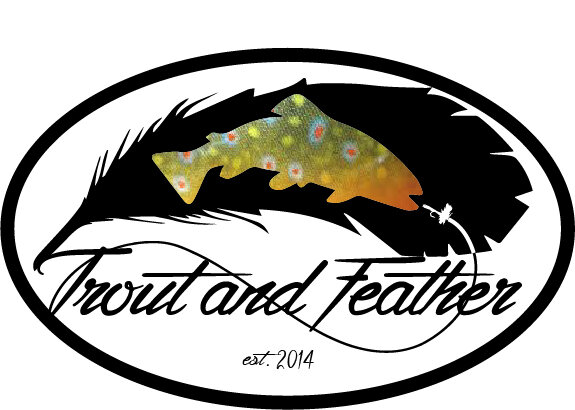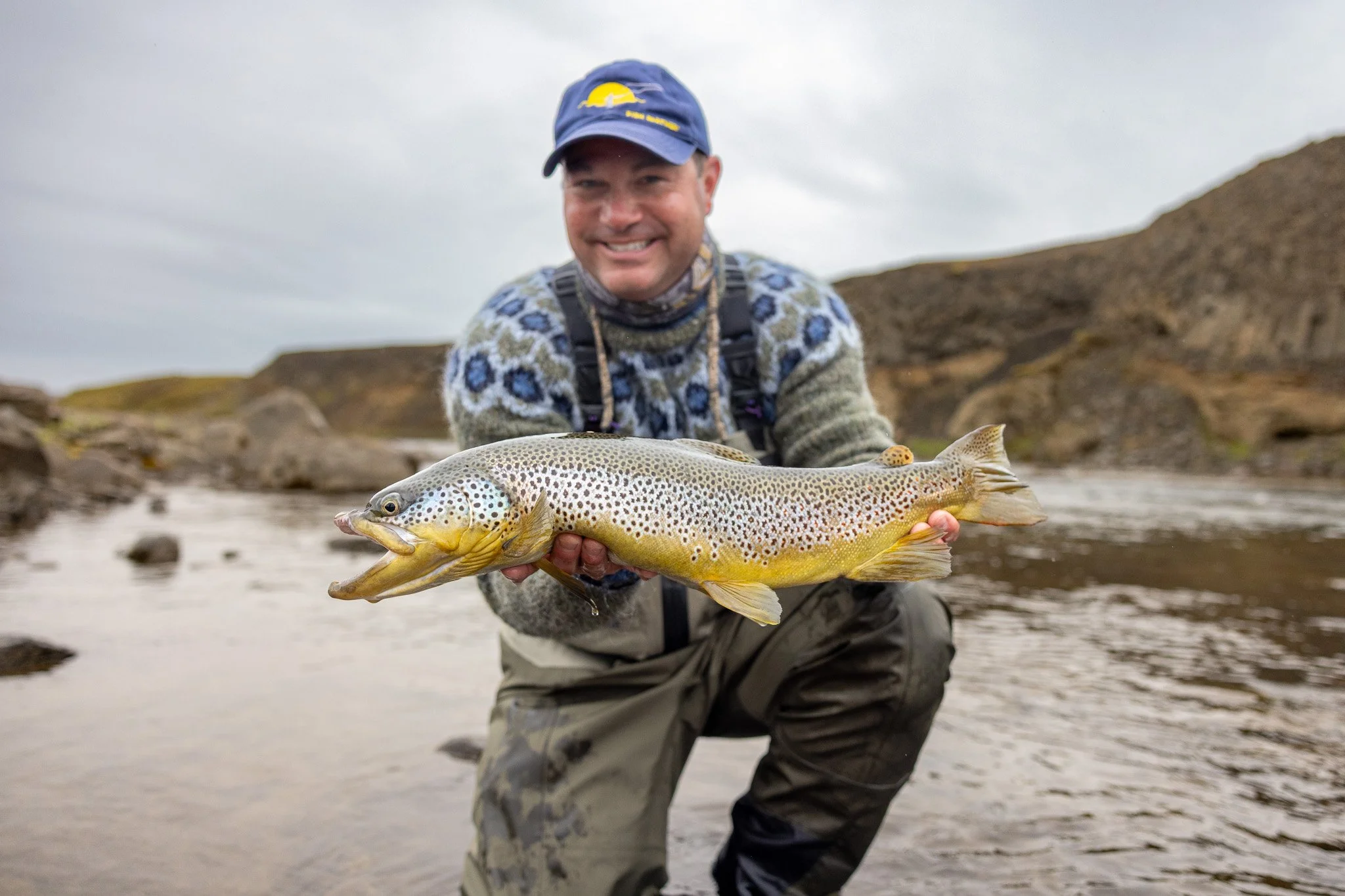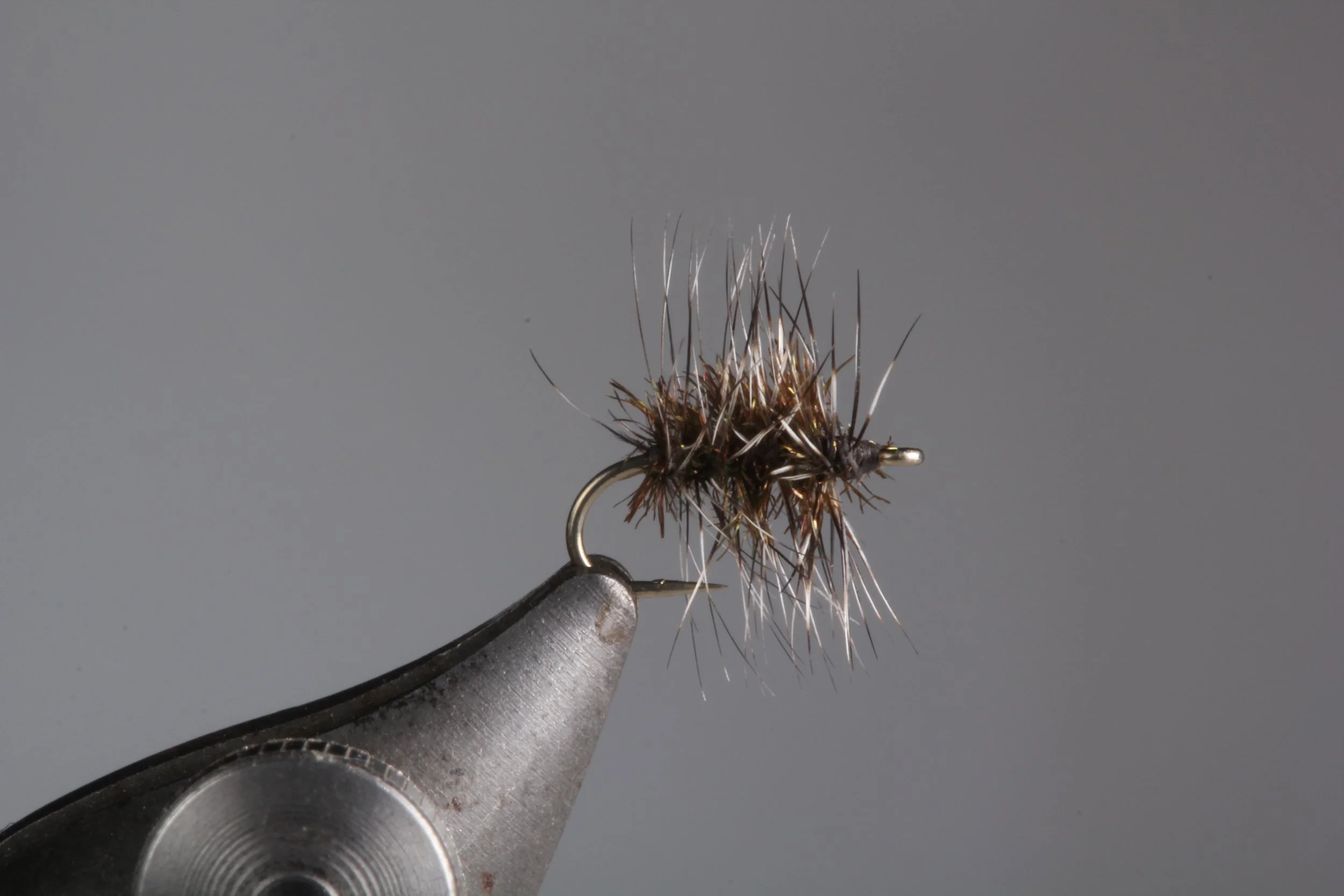By Tim Cammisa
Summertime is here! The water is clear, the air is thick with potential, and if you're like me, you're just itching to tie on a dry fly and get after it. It doesn’t matter if I’m targeting brown trout in Central Pennsylvania, Iceland, or Montana, this is a favorite season to throw dry flies! But which ones outperform others?
Before we even talk flies, let's talk temperatures. I always keep a stream thermometer close. It only takes a few seconds to check the water, and once temps creep into the upper 60s, it's time to pump the brakes on trout fishing. Give those fish a break and chase some bass, bluegills, or maybe just play a little beach volleyball. Whatever you do—respect the fish and keep them healthy for fall.
With that out of the way, let’s dig into my favorite part: Dry flies. Below are five (okay, six) of my go-to dry flies for summer trout fishing, plus some tips on how to fish them. I know what you’re going to say, “Tim, where’s the Adams Parachute and X-Caddis??” Yes, those flies always have a spot in my box, yet these patterns are the ones that trick even the toughest of summer trout.
CDC Flying Ant
If I had to pick just one summer dry, this might be it. There's something magical about ants, they’re like trout candy. Cast one just a few inches above a feeding trout and chances are they’ll move to eat it. You don’t even need a perfect drift. They want it.
What makes this fly so special is its versatility. Fish it on top when trout are actively rising or let it slip just below the surface; either way, they’ll eat it. I carry a few ant variations in my box: CDC for calm water, deer hair or foam for faster flows. As for colors, black is my number one, with brown as a close second. Show me a trout and I’ll show you something that is going to eat an ant!
Need to buy ant fly tying materials? Or not into tying? Buy ants and materials: HERE
Foam Beetle
This fly is simple, effective, and loaded with good memories. When fish are finicky—or when that ant pattern doesn’t work—I often switch to a beetle. I love to fish it with a tuck cast so it “plops” onto the water. That little splash often triggers a savage eat. If you’re into tying, common options include foam and deer hair, though I have seen some incredibly realistic variations out there, too.
Fly Fishing Sneaky Tip: If I spot a rising fish and my ant gets ignored, I’ll cast the beetle behind the fish—six to eight inches past—and make sure it “plops” on the land. I’ve had countless trout turn and crush it.
Another cool trick I picked up from a friend: Cast the beetle onto a ledge or bank and gently nudge it off so it drops naturally into the water. It mimics what real beetles do when they fall.
Griffith’s Gnat
Midges don’t stop in summer. They’re tiny, they’re everywhere, and when they cluster, the Griffith’s Gnat is your best bet. This old-school fly just works and has been a go-to pattern for me since my days guiding on the Delaware River.
I like to fish it on a long leader and tippet with plenty of slack to get that perfect, natural drift. Sometimes I’ll treat my entire leader with floatant and twitch the fly slightly to give it some motion. And here’s a little trick: let the drift finish and allow the fly to swing. If it sinks slightly, give it a quick twitch and watch it pop back up—like an emerging cluster. I don’t know what the fish think it is, but I know they eat it.
Not into fly tying? Buy the Griffith’s Gnat: HERE
Foam Wing Midge
This one's been in my box for years. It’s easy to tie, deadly to fish, and responsible for one of my most unforgettable days on Spring Creek. I thought I was casting to eight-inch wild browns. Turned out they were 18-inchers—and I landed six of them.
The pattern is ultra-simple: a tail, thread body, and a strip of foam for the wing. I fish it in black, white, and gray. Dead drift is the name of the game here. It’s especially effective in slower pools or flat water where trout sip more than splash. If you want to tie it yourself, check out the video linked here—it’s still the same way I tie it today.
Hoppers dominate western fly fishing into the summer. This beautiful Montana brown trout put up a great fight during my recent trip there.
Hopper...or BWO?
Here’s where I cheat a little. I couldn’t decide between two final patterns, so I’ll let you help pick the winner.
Option 1: Hopper! I was just in Montana (and heading back summer 2026 with a group), so hoppers are a big deal in the west. Lots of great patterns to choose from, including the Chubby Chernobyl, Fat Albert, and more. My choice: The Moodah Poodah – You’ll recognize this one from my book Fly Tying for Everyone. It’s a killer hopper pattern from my friends at Fly Fish Food, but I’ve used it to also imitate cicadas and beetles; try it in a dry-dropper rig with a heavy nymph. It floats like a cork and triggers explosive eats.
Buy the Mega Moodah: HERE
Option 2: BWO Shuttlecock: This CDC-winged beauty imitates Blue-Winged Olives and other small mayflies. It rides just under the surface and fools trout that are sipping gently in clear water. It’s also euro-nymphing compatible—I’ll fish it on a dry-dropper leader with a thin mono rig and get great drifts. My friend Devin Olsen tied the Pliva Shuttlecock for my channel, watch it: HERE
So which one makes the cut—Hopper or BWO? Let me know in the comments!
What Did I Miss?
Those are my favorite summer dry flies—but I know I missed a few. What patterns do you turn to once the temperatures climb and the trout are looking up?
If you’re into tying, I’d love to see your take on these patterns. Post your creations to social media and tag them with #TroutAndFeather so I can see what you’re working on. Or just drop your favorites in the comments—I’m always looking to add something new to my box.
Thanks so much for reading, and I hope you have some great experiences chasing trout this summer!
Tim chases fish around the world, here with a stunning king salmon caught in the Bristol Bay region of Alaska.
by tim cammisa
I share my passion for fly fishing and fly tying through personal experiences and expert insights. As a seasoned fly fishing guide turned content creator, my YouTube channel boasts over 5 million views, offering viewers a wealth of knowledge and inspiration. While I cherish moments chasing trout in Pennsylvania with my family, I also lead fly fishing expeditions to the captivating landscapes of Iceland, Montana, and Alaska. Additionally, I authored the acclaimed book Fly Tying for Everyone, aiming to empower fellow enthusiasts to tie superior flies, elevate their angling game, and savor unforgettable moments on the water. My newest book, Euro Nymphs, was released January 2025.




